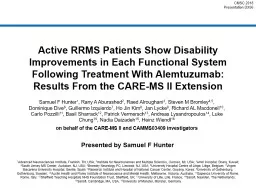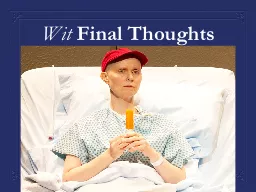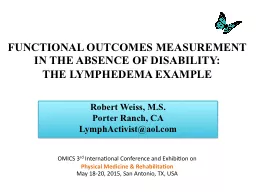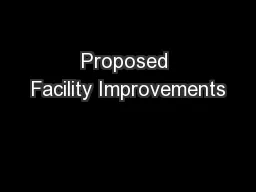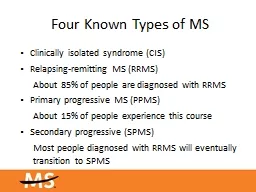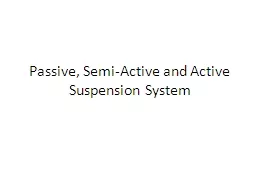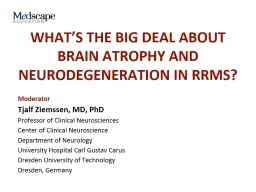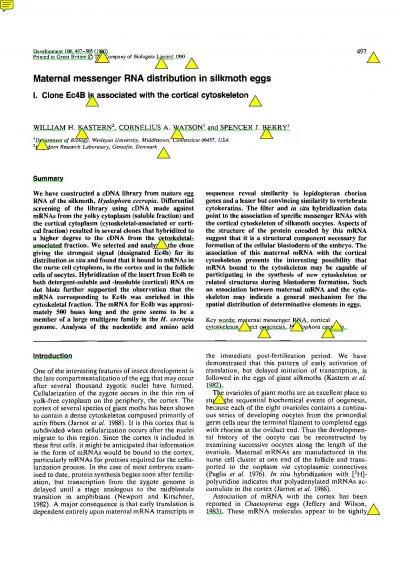PPT-Active RRMS Patients Show Disability Improvements in Each Functional System Following
Author : abigail | Published Date : 2021-01-27
Results From the CAREMS II Extension Samuel F Hunter 1 Rany A Aburashed 2 Raed Alroughani 3 Steven M Bromley 45 Dominique Dive 6 Guillermo Izquierdo 7
Presentation Embed Code
Download Presentation
Download Presentation The PPT/PDF document "Active RRMS Patients Show Disability Imp..." is the property of its rightful owner. Permission is granted to download and print the materials on this website for personal, non-commercial use only, and to display it on your personal computer provided you do not modify the materials and that you retain all copyright notices contained in the materials. By downloading content from our website, you accept the terms of this agreement.
Active RRMS Patients Show Disability Improvements in Each Functional System Following: Transcript
Download Rules Of Document
"Active RRMS Patients Show Disability Improvements in Each Functional System Following"The content belongs to its owner. You may download and print it for personal use, without modification, and keep all copyright notices. By downloading, you agree to these terms.
Related Documents

